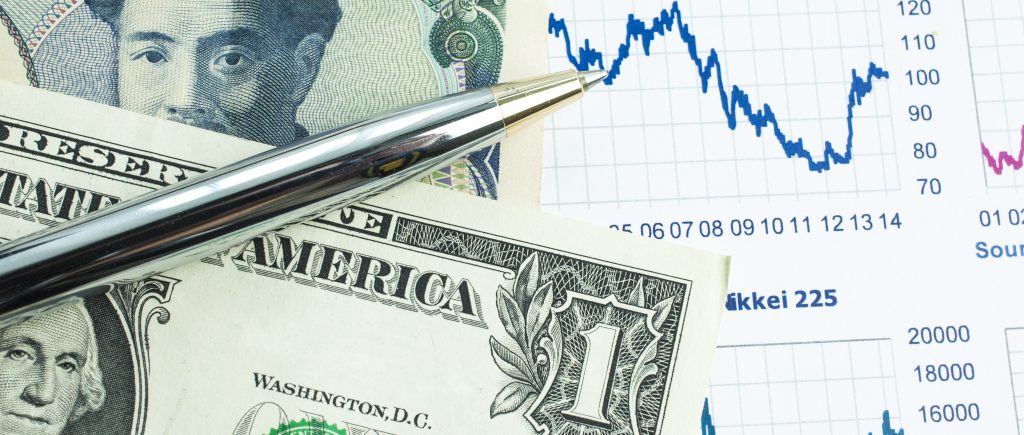The US dollar is attempting to recover from the start of trading in the new week, relying on some factors related to price movement in the global currency market. The dollar index, which measures the performance of the US currency against a basket of major currencies, rose by about 0.4% to 98.10 points from the previous daily close of 97.72 points.
The index fell to its lowest level of the trading day at 97.96 points, compared to its high of 98.50 points.
Political Factors
The resignation of French Prime Minister Sebastian Lecornu about one day after taking office was one of the main reasons that pushed the euro downward, due to the return of political uncertainty to the scene in France, the second-largest economy in the eurozone.
Sanae Takaichi also won the election to become leader of Japan’s ruling Liberal Democratic Party, making her the first woman to serve as the country’s prime minister.
Takaichi is known for her inclination toward quantitative easing and low interest rates to support the economy, which made her election as prime minister in Japan negative for the Japanese yen.
The US dollar had ended last week’s trading on a decline, affected by concerns over the potential economic impacts of the ongoing government shutdown in the United States, along with indicators of a slowdown in economic activity, especially in the services sector and the labor market.
Weekly Losses Are Behind
The services Purchasing Managers’ Index (PMI) for September, issued by the US Institute for Supply Management (ISM), showed an unexpected drop of two points to 50.0, its lowest level in four months and below expectations of 51.7 points. This decline reflects weakness in the services sector’s performance and raises concerns about the future of US economic growth.
The ADP employment change index also recorded an unexpected contraction for the second consecutive month, with jobs decreasing by 32,000, compared to the previous reading of a 3,000-job drop. The results were much lower than market expectations of a 50,000-job increase, reflecting a clear slowdown in job growth.
Although the government shutdown may lead to delays in the release of some important economic data, the coming week is crucial for the dollar, with anticipation for indicators such as unemployment claims, consumer confidence, trade data, and the Federal Open Market Committee meeting minutes.
The Federal Reserve is exempt from the shutdown’s effects, as it does not rely on the federal budget for funding but obtains its resources from interest on the bonds it holds. Therefore, the meeting minutes are expected to be released on schedule, along with speeches by Federal Reserve Board members at the community banks conference. Markets are also awaiting earnings results from several companies listed on New York stock indexes, including PepsiCo, Delta Air Lines, Levi’s, and others.
If upcoming data shows that the US economy remains resilient in the face of high interest rates, the government shutdown, and labor market deterioration, the dollar may regain its upward momentum. Likewise, positive earnings results will strengthen the dollar. However, if the data comes in negative, the US dollar may continue its downward trend.

 Noor Trends News, Technical Analysis, Educational Tools and Recommendations
Noor Trends News, Technical Analysis, Educational Tools and Recommendations




